
Our print digitisation suite operates 7 robots and 14 scanners
Specially adapted robotic arms move prints to and from scanning beds
Our print digitisation suite operates 7 robots and 14 scanners
Digital Imaging
Digitisation is essential for the long term preservation of the records held by the National Collection of Aerial Photography (NCAP), and to provide online access to our imagery and that of our partners.
A new purpose-designed facility
NCAP’s digital imaging facility operates 24 hours a day to create high-resolution copies of original aerial photographs held in print and on film as well as associated finding aids and plotting information. The workflow includes steps such as retrieval, preservation, cataloguing and quality assurance to ensure that each image is accurately recorded and made available online.
We employ both manual and automated methods for digitisation. Skilled technicians oversee manual areas of digitisation to ensure collections are processed with meticulous attention to detail. In contrast, robotic systems efficiently handle large volumes of photographs, using advanced technology to automate the digitisation process while supervised by our Collections Care team to ensure photographic material is safely managed. This combination of manual expertise and robotic efficiency ensures the accurate and efficient digitisation of NCAP's extensive collections.
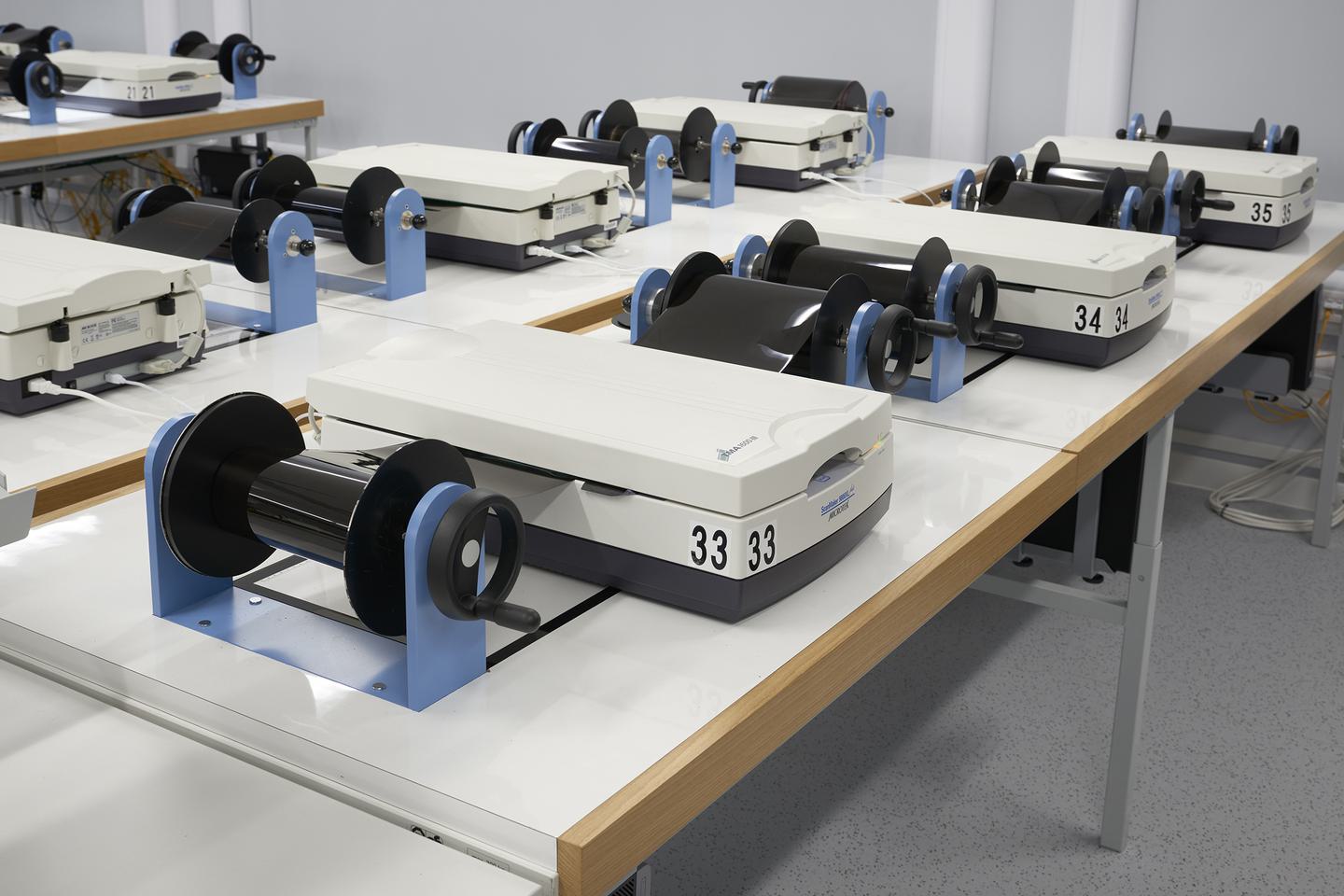
Scanning
Professional grade scanners are used to convert analogue aerial images into high-resolution digital images. These scanners have been customised to allow the scanning of both aerial prints and roll film at optical resolutions up to 2000 ppi. This versatile method can accommodate different photograph sizes and formats, ensuring that the resulting digital images are suitable for a wide range of applications.
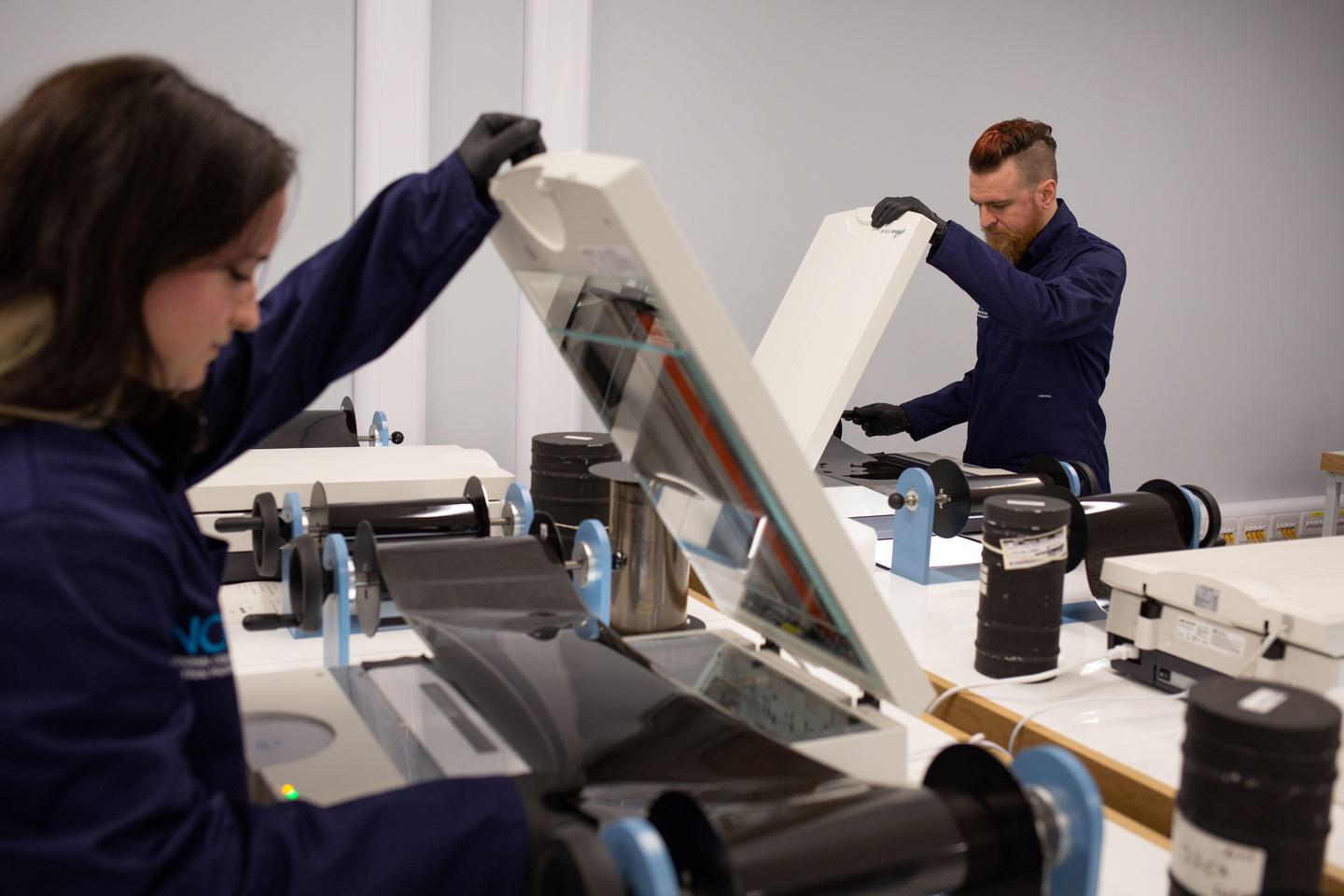
Photogrammetric Imaging
We operate one of the world’s largest suites of photogrammetric imaging systems. These automated systems can digitise up to 20 of images an hour, capturing the geometry of analogue aerial images with micron-levels of accuracy. The ultra-high resolution digital images produced by this technology allows our customers to work with extremely accurate datasets for use in their projects and geo-products.
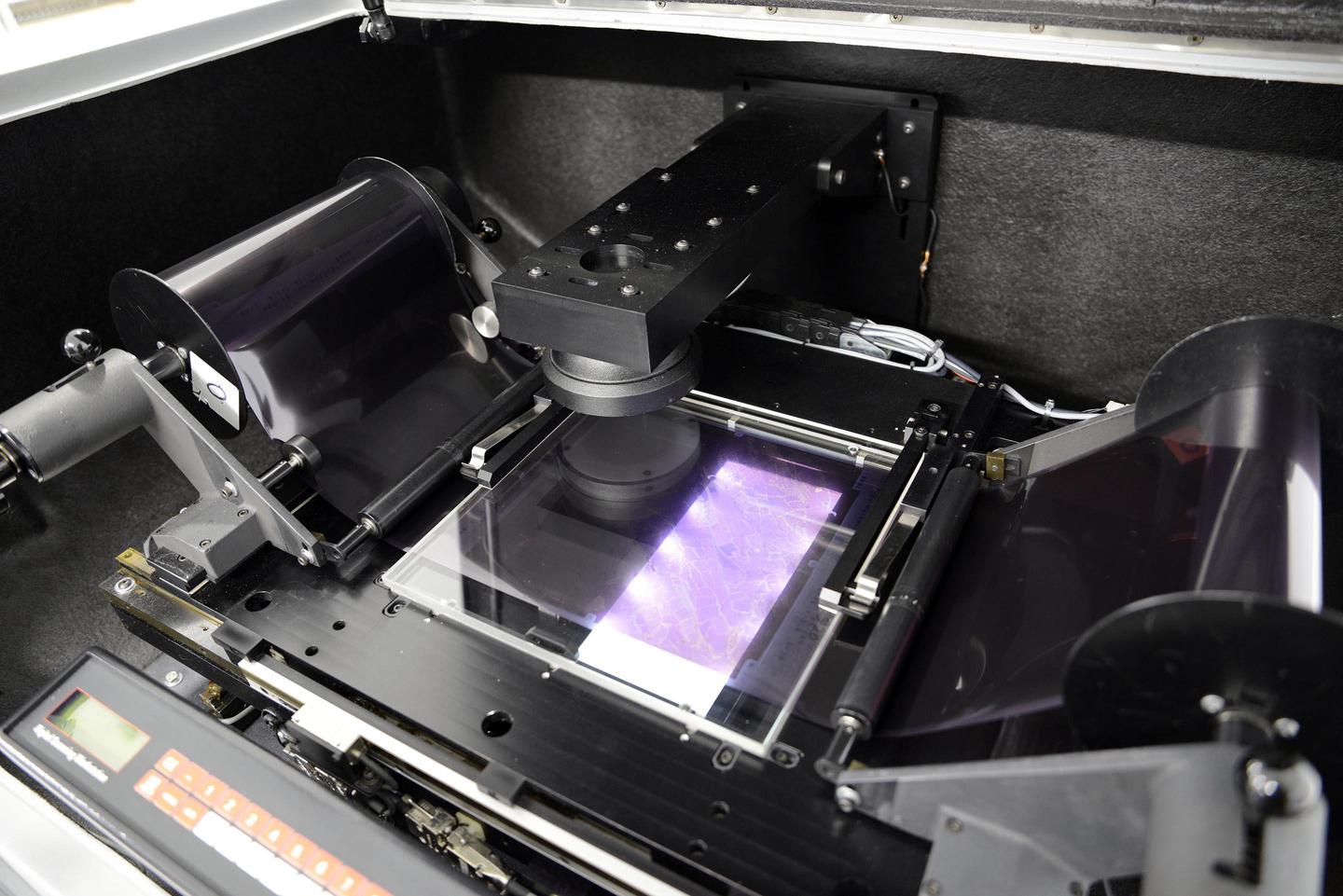
Robotic Digitisation
To efficiently handle large volumes of historic aerial photographic prints, we have developed a custom-designed automated robotic system. These systems optomise the digitisation process, making it suitable for large-volume collections of similar formats and sizes. Robotic digitisation ensures consistency and accuracy across vast numbers of images.
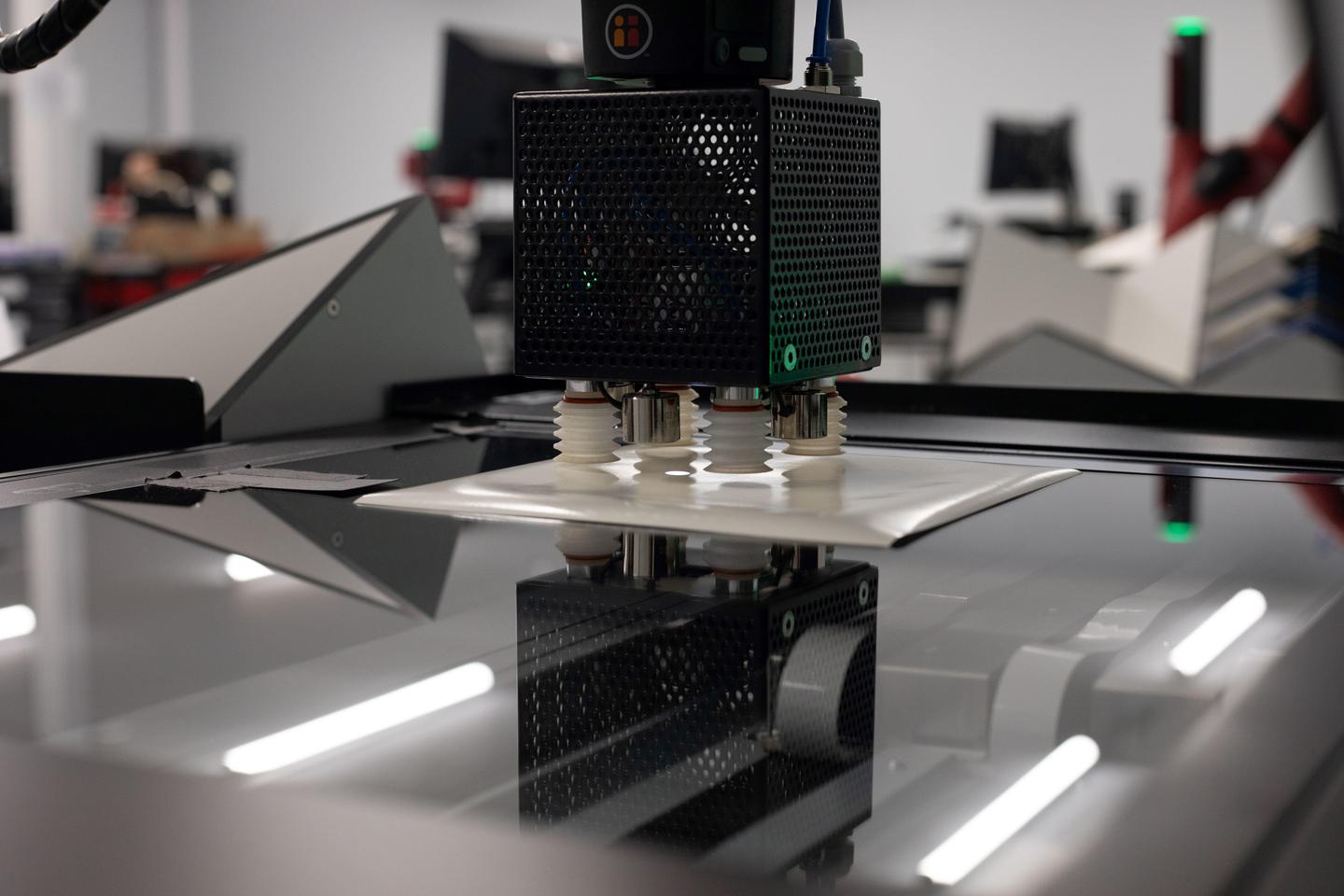
Other Material
Digitisation efforts go beyond photographic prints and film to encompass various materials like bound volumes, large maps, glass plate negatives, microfilm and three-dimensional objects such as print boxes or film canisters.
At peak capacity, we can digitise up to 1.3 million images a year. This work is funded by website subscriptions and partnerships, and is a crucial part of our responsibility to preserve fragile photographic material and make it publicly accessible.
IN THIS SECTION

Collections Care
Making sure photographic collections are cleaned and stable before any scanning has started underpins all work at NCAP.
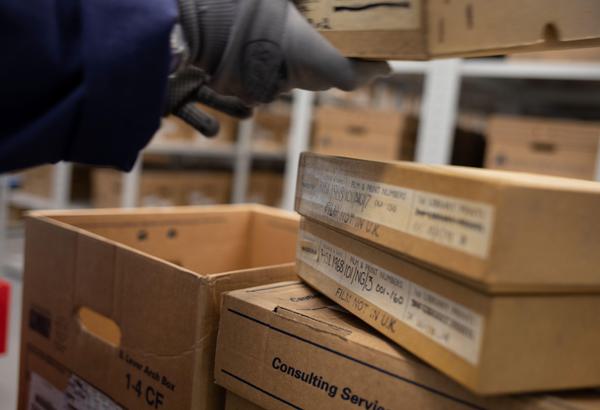
Cataloguing and Access
All collections held by NCAP are open public record, once catalogued they are made available to the public.

Data Management
At peak efficiency, NCAP can create nearly 2TB of data a day which needs to be managed, transferred and secured for long-term preservation.